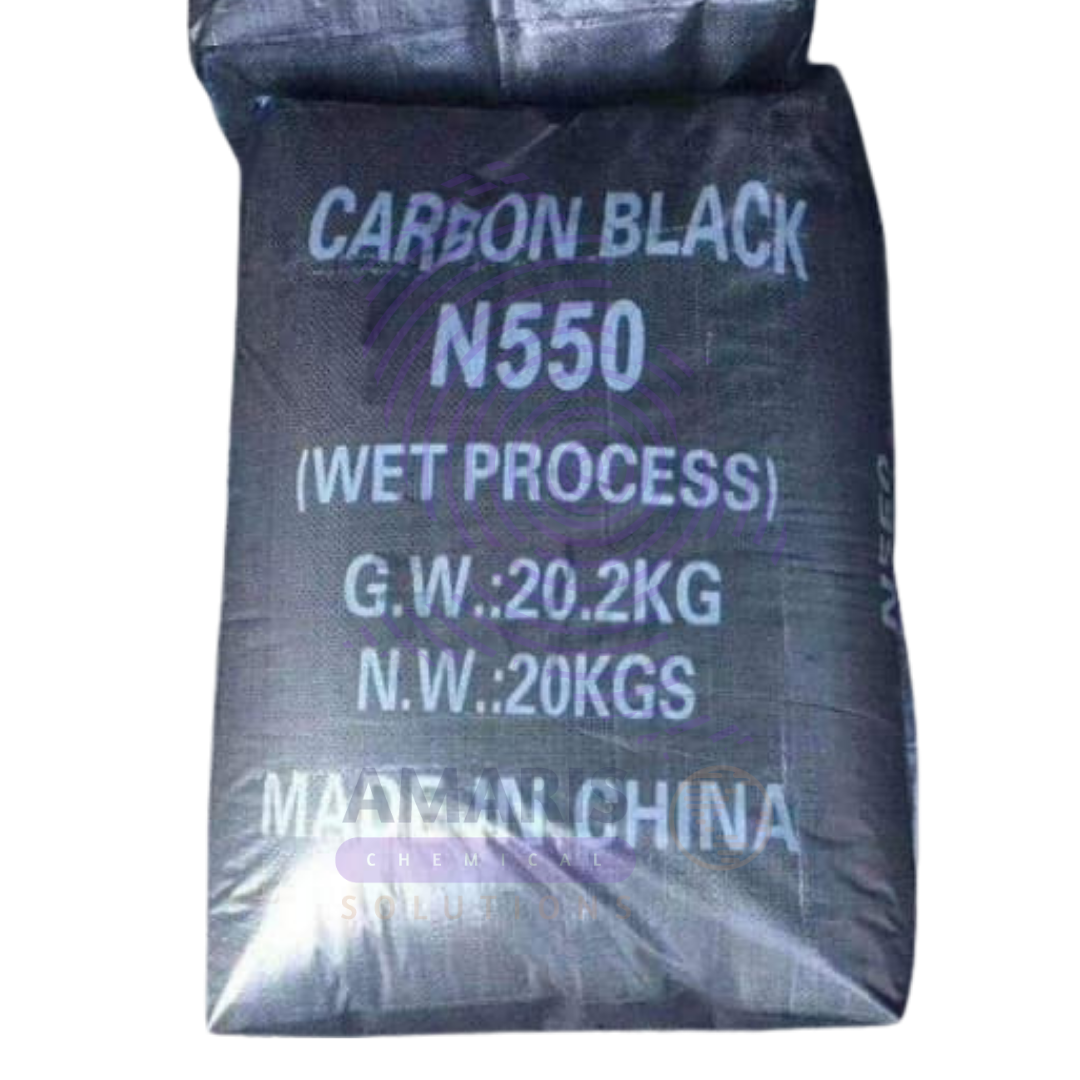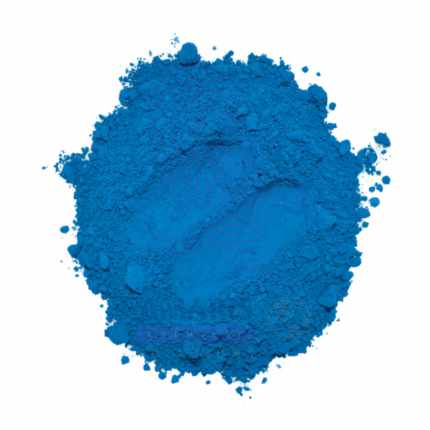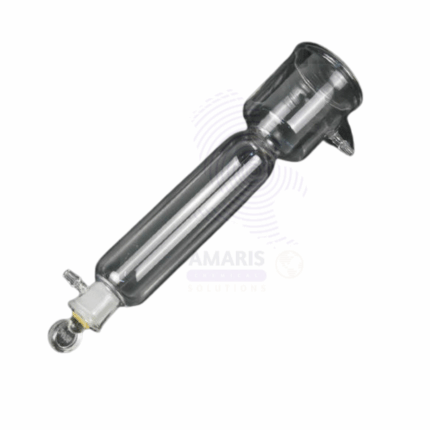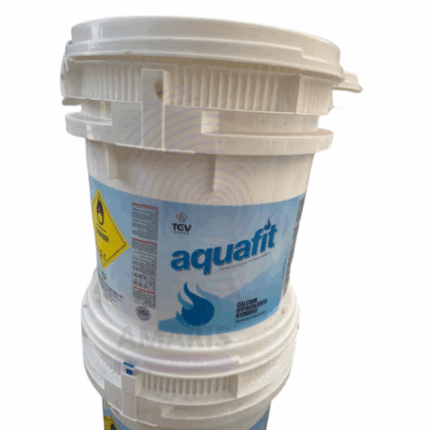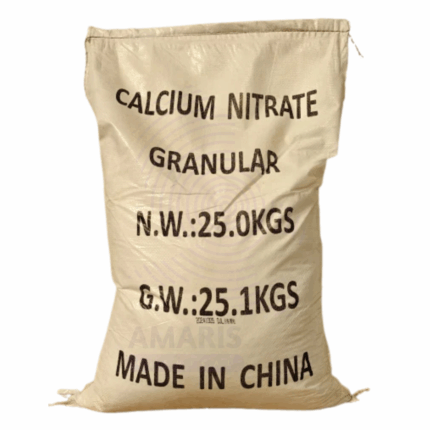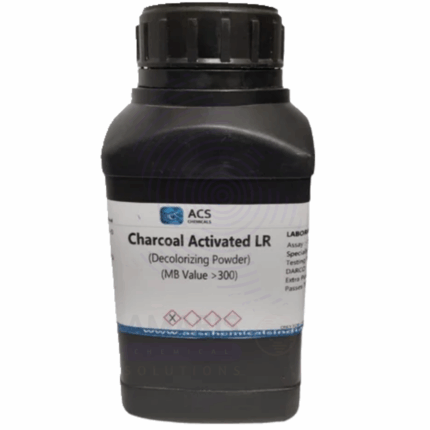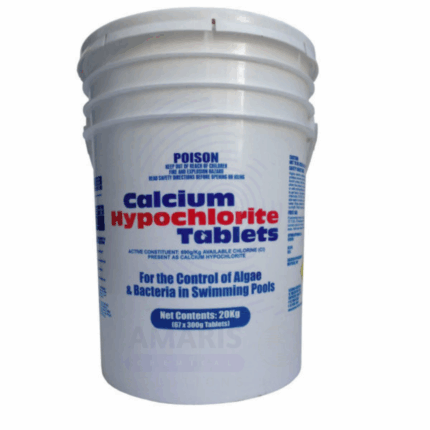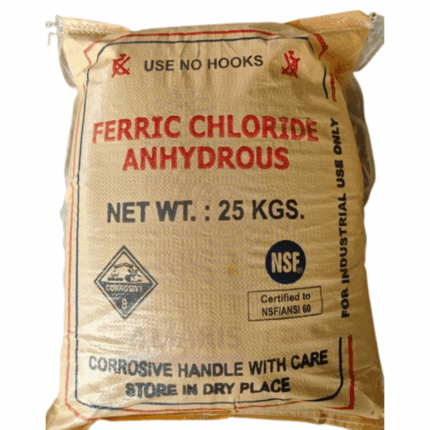Activated Carbon
$ 7.00 Original price was: $ 7.00.$ 6.81Current price is: $ 6.81.
Activated carbon is a highly porous, adsorptive material processed to have an exceptionally large surface area (typically 500-1500 m²/g) through thermal or chemical activation of carbon-rich source materials. This versatile adsorbent exists in powdered (PAC), granular (GAC), pelletized, and extruded forms, with pore structures specifically engineered for different applications ranging from water purification to gas treatment. Its extended surface area and complex pore network (micropores <2nm, mesopores 2-50nm, macropores >50nm) enable superior physical adsorption of contaminants through van der Waals forces, as well as chemical interactions with surface functional groups.
Activated Carbon
Primary Uses
- Water Purification
- Removes chlorine, organic contaminants, and heavy metals (e.g., lead, mercury) from drinking water.
- Used in household filters (Brita), municipal treatment plants, and aquariums.
- Air & Gas Filtration
- Captures VOCs (volatile organic compounds), odors, and toxic gases (e.g., in industrial scrubbers, HVAC systems).
- Essential in gas masks, car cabin filters, and cigarette filters.
- Medical & Pharmaceutical
- Poison/toxin treatment (emergency antidote for drug overdoses).
- Used in kidney dialysis machines to filter blood toxins.
- Food & Beverage Industry
- Decolorizes sugar, oils, and alcoholic beverages (e.g., vodka, whiskey).
- Removes off-flavors and impurities in food processing.
- Gold Mining & Metal Recovery
- Extracts gold from cyanide solutions via adsorption (CIP/CIL processes).
Secondary Uses
- Soil Remediation
- Treats pesticide/herbicide contamination in agriculture.
- Electronics & Energy Storage
- Used in supercapacitors and battery electrodes for high surface area.
- Beauty & Skincare
- Found in detoxifying face masks, toothpaste, and deodorants.
- Wine & Coffee Production
- Adjusts tannin levels and removes bitterness.
- Industrial Catalysis
- Supports chemical catalysts in reactions like hydrogenation.
1. Basic Identification Attributes
- Chemical Name (IUPAC): Carbon, activated
- Common/Trade Names:
- Activated charcoal
- Active carbon
- AC (abbreviation)
- CAS Number: [7440-44-0] (for carbon)
- HS Code: 3802.10.00 (activated carbon)
- Molecular Formula: C (amorphous, high surface area)
- Synonyms:
- Decolorizing carbon
- Adsorbent carbon
- Filter carbon
2. Physical & Chemical Properties
- Physical State: Fine black powder, granules, or pellets
- Color & Odor: Black; odorless
- Melting Point: Sublimes at ~3,650°C (does not melt)
- Boiling Point: N/A (sublimes)
- Density:
- Bulk density: 0.25–0.60 g/cm³
- True density: ~2.0 g/cm³
- Surface Area: 500–1,500 m²/g (BET method)
- Porosity:
- Microporous (<2 nm)
- Mesoporous (2–50 nm)
- Macroporous (>50 nm)
- Solubility: Insoluble in water and organic solvents
- pH Level: 6–11 (depends on activation method)
- Moisture Content: ≤10% (as shipped)
- Ash Content: ≤5% (typical)
3. Safety & Hazard Attributes
- Hazard Class (GHS):
- Not classified as hazardous (non-toxic)
- May cause dust irritation (mechanical hazard)
- NFPA Ratings:
- Health: 1
- Flammability: 1 (dust can be combustible)
- Reactivity: 0
- Exposure Limits:
- OSHA PEL (Carbon Black): 3.5 mg/m³ (respirable)
- ACGIH TLV: 10 mg/m³ (inhalable particles)
- Reactivity:
- Stable under normal conditions
- Reacts with strong oxidizers (e.g., peroxides, chlorine)
- Can catalyze certain chemical reactions
4. Storage & Handling Attributes
- Storage Conditions:
- Dry, cool, well-ventilated area
- Keep away from oxidizers and moisture
- Incompatible Materials:
- Strong oxidizers (e.g., perchlorates, nitrates)
- Halogens (e.g., chlorine, fluorine)
- Container Type:
- Sealed bags (polypropylene-lined)
- Fiber drums (for bulk storage)
- Shelf Life: Indefinite if stored properly
- Special Handling:
- Use dust masks (NIOSH N95) in high-dust areas
- Ground equipment to prevent static sparks
5. Regulatory & Compliance Attributes
- Regulatory Status:
- FDA (USA): Approved for food/water treatment (21 CFR 173.225)
- EU: Compliant with REACH, food-grade (E153)
- NSF/ANSI 61: Certified for drinking water
- Hazard Symbols (GHS): None (non-hazardous)
- Transportation Restrictions:
- Not regulated as hazardous material
- UN number: None (unless wetted, then UN1362)
- Waste Disposal:
- Non-hazardous waste (landfill or reactivation)
- Spent carbon may require special disposal (if contaminated)
6. Environmental & Health Impact
- Ecotoxicity:
- Non-toxic to aquatic life (LC50 >100 mg/L)
- Persistence in Environment:
- Does not degrade (inert)
- Can be reactivated/reused
- Carcinogenicity:
- IARC: Not classified (Group 3)
- NTP: Not listed
- Biodegradability: Non-biodegradable
1. Safety Precautions
Personal Protective Equipment (PPE):
- Respiratory Protection: NIOSH-approved N95 mask (for dust)
- Eye Protection: Safety goggles (if dust is airborne)
- Gloves: Nitrile or latex (to prevent skin irritation)
- Clothing: Long sleeves + lab coat (for dust control)
Handling & Storage:
- Minimize dust generation (use closed systems or wet methods)
- Store in a dry, well-ventilated area (away from oxidizers)
- Ground containers (static electricity can ignite fine dust)
- Avoid open flames/sparks (dust can be explosive at high concentrations)
Hygiene Practices:
- No eating/drinking in handling areas
- Wash hands after use
- Use local exhaust ventilation (LEV) if handling large quantities
2. First Aid Measures
Inhalation (Dust):
- Move to fresh air
- Seek medical help if breathing difficulty persists
Eye Contact:
- Rinse with water for 15 minutes
- Seek medical attention if irritation continues
Skin Contact:
- Wash with soap and water
- Apply moisturizer if dryness occurs
Ingestion:
- Rinse mouth with water
- Drink water to dilute
- Seek medical advice if large amounts are swallowed
3. Firefighting Measures
Fire Hazards:
- Combustible dust (can explode at high concentrations in air)
- No flash point (but smolders if ignited)
Extinguishing Media:
✔ Water spray (best for smoldering carbon)
✔ Dry chemical powder
✔ CO₂
Firefighting Precautions:
- Do NOT use water jets (can spread dust)
- Wear SCBA (self-contained breathing apparatus)
- Cool nearby containers with water spray
4. Spill & Disposal
Small Spills:
- Wear a dust mask
- Sweep up carefully (avoid raising dust)
- Place in sealed container
Large Spills:
- Dampen with water to control dust
- Use industrial vacuum (explosion-proof if available)
Disposal:
- Dispose as non-hazardous waste (unless contaminated)
- Follow local regulations


 Acidulants
Acidulants Antioxidants
Antioxidants Nutraceutical Ingredients (food)
Nutraceutical Ingredients (food)
 Collectors
Collectors Dust Suppressants
Dust Suppressants Explosives and Blasting Agents
Explosives and Blasting Agents Flocculants and Coagulants
Flocculants and Coagulants Frothers
Frothers Leaching Agents
Leaching Agents pH Modifiers
pH Modifiers Precious Metal Extraction Agents
Precious Metal Extraction Agents
 Antioxidants(plastic)
Antioxidants(plastic) Colorants (Pigments, Dyes)
Colorants (Pigments, Dyes) Fillers and Reinforcements
Fillers and Reinforcements Flame Retardants
Flame Retardants Monomers
Monomers Plasticizers
Plasticizers Polymerization Initiators
Polymerization Initiators Stabilizers (UV, Heat)
Stabilizers (UV, Heat)
 Antifoaming Agents
Antifoaming Agents Chelating Agents
Chelating Agents Coagulants and Flocculants
Coagulants and Flocculants Corrosion Inhibitors
Corrosion Inhibitors Disinfectants and Biocides
Disinfectants and Biocides Oxidizing Agents
Oxidizing Agents pH Adjusters
pH Adjusters Scale Inhibitors( water)
Scale Inhibitors( water)
 Antioxidants(cosmetic)
Antioxidants(cosmetic) Emollients
Emollients Fragrances and Essential Oils
Fragrances and Essential Oils Humectants
Humectants Preservatives
Preservatives Surfactants(cosmetic)
Surfactants(cosmetic) Thickeners
Thickeners UV Filters
UV Filters
 Fertilizers
Fertilizers Soil Conditioners
Soil Conditioners Plant Growth Regulators
Plant Growth Regulators Animal Feed Additives
Animal Feed Additives Biostimulants
Biostimulants Pesticides (Herbicides, Insecticides, Fungicides)
Pesticides (Herbicides, Insecticides, Fungicides)
 Active Pharmaceutical Ingredients (APIs)
Active Pharmaceutical Ingredients (APIs) Excipients
Excipients Solvents(pharmaceutical)
Solvents(pharmaceutical) Antibiotics
Antibiotics Antiseptics and Disinfectants
Antiseptics and Disinfectants Vaccine Adjuvants
Vaccine Adjuvants Nutraceutical Ingredients (pharmaceutical)
Nutraceutical Ingredients (pharmaceutical) Analgesics & Antipyretics
Analgesics & Antipyretics
 Analytical Reagents
Analytical Reagents Chromatography Chemicals
Chromatography Chemicals Spectroscopy Reagents
Spectroscopy Reagents Molecular Biology Reagents
Molecular Biology Reagents Biochemical Reagents
Biochemical Reagents Inorganic and Organic Standards
Inorganic and Organic Standards Laboratory Safety Chemicals
Laboratory Safety Chemicals Specialty Laboratory Chemicals(Special Laboratory Equipment)
Specialty Laboratory Chemicals(Special Laboratory Equipment)
 Demulsifiers
Demulsifiers Hydraulic Fracturing Fluids
Hydraulic Fracturing Fluids Scale Inhibitors(oil)
Scale Inhibitors(oil) Surfactants(oil)
Surfactants(oil) Drilling Fluids
Drilling Fluids
 Dyes and Pigments
Dyes and Pigments Bleaching Agents
Bleaching Agents Softening Agents
Softening Agents Finishing Agents
Finishing Agents Antistatic Agents
Antistatic Agents
 Admixtures
Admixtures Waterproofing Agents
Waterproofing Agents Sealants and Adhesives
Sealants and Adhesives Curing Compounds
Curing Compounds Concrete Repair Chemicals
Concrete Repair Chemicals Anti-Corrosion Coatings
Anti-Corrosion Coatings
 Surfactants(cleaning)
Surfactants(cleaning) Builders
Builders Enzymes
Enzymes Solvents (Cleaning)
Solvents (Cleaning) Fragrances
Fragrances
 Electronic Chemicals
Electronic Chemicals Catalysts
Catalysts Lubricants
Lubricants Photographic Chemicals
Photographic Chemicals Refrigerants
Refrigerants Automotive chemicals
Automotive chemicals Pyrotechnic Chemicals
Pyrotechnic Chemicals
 Biodegradable Surfactants
Biodegradable Surfactants Bio-based Solvents
Bio-based Solvents Renewable Polymers
Renewable Polymers Carbon Capture Chemicals
Carbon Capture Chemicals Wastewater Treatment Chemicals
Wastewater Treatment Chemicals
 Pigments
Pigments Solvents(paint)
Solvents(paint) Specialty Coatings
Specialty Coatings Binders/Resins
Binders/Resins Additives
Additives Driers
Driers Anti-Corrosion Agents
Anti-Corrosion Agents Functional Coatings
Functional Coatings Application-Specific Coatings
Application-Specific Coatings
 Fresh Herbs
Fresh Herbs Ground Spices
Ground Spices Whole Spices
Whole Spices Spice Blends
Spice Blends Dried Herbs
Dried Herbs
 Leavening Agents
Leavening Agents Dough Conditioners
Dough Conditioners Flour Treatments
Flour Treatments Fat Replacers
Fat Replacers Decoratives
Decoratives Preservatives(baking)
Preservatives(baking)
 Plasticizers & Softeners
Plasticizers & Softeners Reinforcing Agents
Reinforcing Agents Adhesion Promoters
Adhesion Promoters Vulcanizing Agents
Vulcanizing Agents Antidegradants
Antidegradants Blowing Agents
Blowing Agents Fillers & Extenders
Fillers & Extenders Accelerators & Retarders
Accelerators & Retarders